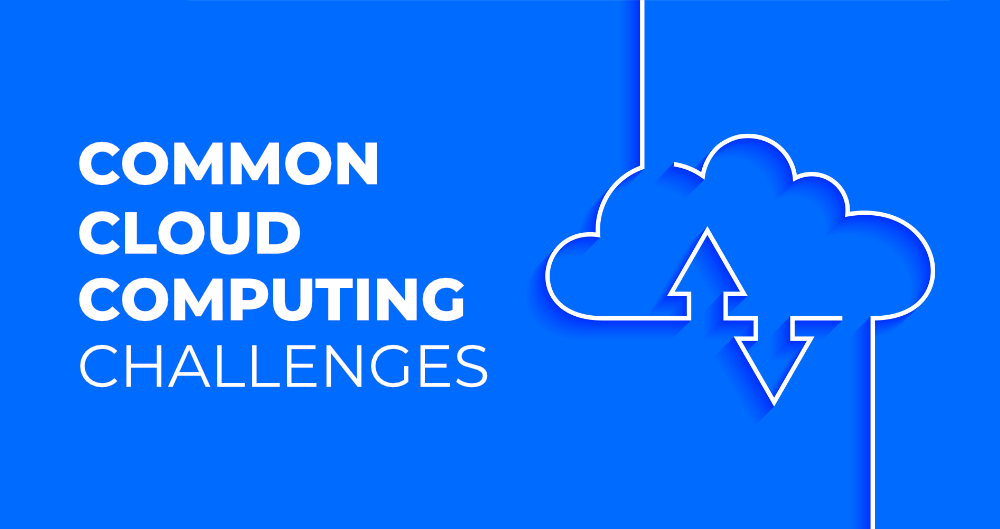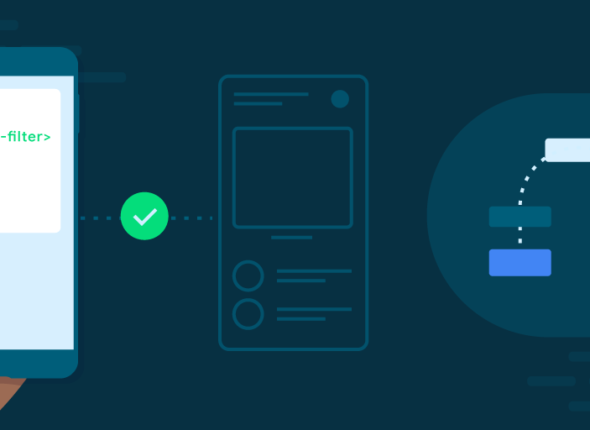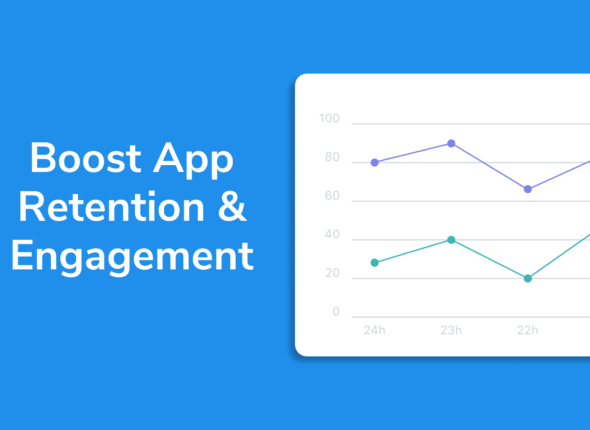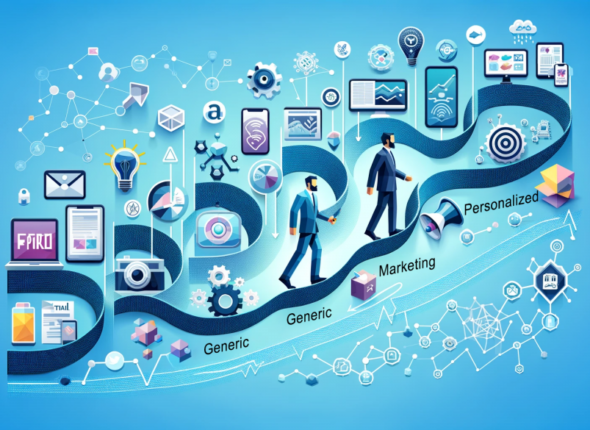In the rapidly evolving field of technology, cloud computing has emerged as a pivotal force in app development. It represents a paradigm shift from traditional infrastructure to a more flexible, scalable, and efficient model. This blog provides an in-depth exploration of why cloud computing is crucial for app development, highlighting its benefits, challenges, and future trends.
Understanding Cloud Computing
Cloud computing refers to the delivery of computing services—including servers, storage, databases, networking, software, and analytics—over the internet, or “the cloud.” Instead of owning physical servers and other infrastructure, businesses can rent these resources from cloud service providers. This model offers several deployment options, including:
- Public Cloud: Services are delivered over the internet and shared among multiple customers (e.g., AWS, Azure, Google Cloud).
- Private Cloud: Services are maintained on a private network, offering enhanced control and security.
- Hybrid Cloud: Combines public and private clouds, allowing data and applications to be shared between them.
- Community Cloud: Shared infrastructure for a specific community with common interests, such as a group of organizations with similar security or compliance needs.
Key Benefits of Cloud Computing in App Development

1. Scalability and Flexibility
One of the most significant advantages of cloud computing is its scalability. Cloud services provide:
- Elasticity: Resources can be scaled up or down based on demand. For example, an e-commerce app can handle high traffic during holiday sales and scale back during off-peak times without additional infrastructure investments.
- Auto-scaling: Automatically adjusts resources in response to real-time demand, ensuring optimal performance and cost-efficiency.
Example: Netflix uses AWS to scale its infrastructure dynamically, accommodating millions of viewers streaming content simultaneously without performance issues.
2. Cost Efficiency
Cloud computing introduces a pay-as-you-go model, which drastically reduces the need for large upfront capital expenditures:
- Reduced Hardware Costs: Eliminates the need to purchase and maintain physical servers and other hardware.
- Operational Costs: Only pay for the resources used, which can lower overall IT costs and eliminate expenses related to hardware upgrades and maintenance.
Example: Dropbox uses cloud storage to manage its vast amounts of data without investing in physical data centers.
3. Enhanced Collaboration
Cloud platforms enable real-time collaboration and coordination:
- Shared Development Environments: Tools like GitHub and Bitbucket allow multiple developers to work on code simultaneously, track changes, and merge contributions efficiently.
- Project Management: Platforms like Jira and Trello offer cloud-based project management tools that facilitate task assignments, progress tracking, and communication.
Example: Google Workspace (formerly G Suite) allows teams to collaborate on documents, spreadsheets, and presentations in real-time, regardless of their location.
4. Rapid Deployment and Continuous Integration
Cloud computing supports:
- CI/CD Pipelines: Cloud platforms offer integrated tools for continuous integration and continuous deployment, enabling frequent updates and faster release cycles.
- DevOps: Facilitates the adoption of DevOps practices by integrating development and operations processes, leading to more efficient and reliable software delivery.
Example: Atlassian’s Bitbucket Pipelines is a cloud-based CI/CD service that helps automate the build, test, and deployment of applications.
5. Global Reach and Accessibility
Cloud computing provides:
- Global Data Centers: Cloud providers operate data centers in multiple geographic regions, allowing applications to deliver low-latency performance to users around the world.
- High Availability: Redundant infrastructure and failover mechanisms ensure that applications remain accessible even during failures or maintenance.
Example: Amazon CloudFront, a content delivery network (CDN), distributes content globally, reducing latency and improving the user experience for applications.
6. Enhanced Security
Although security in the cloud is a shared responsibility, cloud providers offer robust security features:
- Data Encryption: Cloud services often include built-in encryption for data at rest and in transit.
- Compliance Certifications: Providers adhere to industry standards and regulations, such as ISO 27001, SOC 2, and GDPR, to ensure data protection and privacy.
- Identity and Access Management (IAM): Tools for managing user permissions and access control.
Example: Microsoft Azure provides a range of security services, including Azure Security Center, to monitor and protect cloud resources.
7. Disaster Recovery and Backup
Cloud computing simplifies disaster recovery with:
- Automated Backups: Regular, automated backups ensure that data can be quickly restored in case of loss or corruption.
- Disaster Recovery Solutions: Cloud providers offer disaster recovery services that enable businesses to recover applications and data from different geographic locations.
Example: Google Cloud’s Backup and DRaaS (Disaster Recovery as a Service) allows businesses to recover data and applications in the event of a disaster.
Challenges and Considerations

1. Data Privacy and Compliance
Storing data in the cloud raises concerns about:
- Data Sovereignty: Understanding where data is stored and ensuring compliance with local data protection laws.
- Regulatory Compliance: Ensuring that cloud services meet industry-specific regulations (e.g., HIPAA for healthcare, PCI DSS for payment card data).
Example: A healthcare provider using AWS must ensure that their use of the cloud complies with HIPAA regulations for patient data.
2. Vendor Lock-In
Cloud providers often use proprietary technologies, which can lead to:
- Dependency: Difficulty in migrating applications and data to another provider.
- Interoperability Issues: Challenges in integrating with other cloud platforms or on-premises systems.
Example: An application developed using Amazon Lambda functions may face challenges if migrating to Google Cloud Functions due to differences in platform APIs.
3. Performance and Downtime
Despite high availability promises, potential issues include:
- Service Outages: Cloud providers can experience outages that impact application performance and availability.
- Latency: Network latency can affect application response times, especially in distributed environments.
Example: In 2017, AWS experienced a significant outage that affected numerous applications and services relying on its infrastructure.


Future Trends in Cloud Computing and App Development
1. Artificial Intelligence and Machine Learning
Cloud providers are integrating AI and ML services, offering:
- Pre-built Models: Ready-to-use machine learning models for tasks like image recognition, natural language processing, and anomaly detection.
- Custom Training: Tools for training custom models on cloud infrastructure.
Example: Google Cloud’s AI Platform allows developers to build, train, and deploy machine learning models using Google’s infrastructure and tools.
2. Serverless Computing
Serverless computing allows developers to:
- Focus on Code: Write and deploy code without managing the underlying infrastructure.
- Pay Only for Execution: Costs are based on the actual execution time of the code, reducing expenses related to idle resources.
Example: AWS Lambda lets developers run code in response to events without provisioning or managing servers.
3. Edge Computing
Edge computing brings computation closer to data sources, offering:
- Reduced Latency: Processing data locally minimizes delays in data transmission.
- Improved Performance: Enhances performance for applications requiring real-time data processing, such as IoT and augmented reality.
Example: Cisco’s edge computing solutions support real-time data processing for IoT devices and applications.
4. Hybrid and Multi-Cloud Environments
Organizations are increasingly adopting:
- Hybrid Cloud: Combining public and private clouds for greater flexibility and control.
- Multi-Cloud: Using multiple cloud providers to avoid vendor lock-in and optimize performance.
Example: A company might use AWS for its primary cloud services while leveraging Azure for specific workloads or backup purposes.
Conclusion
Cloud computing has fundamentally transformed app development, offering numerous benefits including scalability, cost efficiency, collaboration, and security. While challenges such as data privacy, vendor lock-in, and performance issues exist, the continuous advancement of cloud technologies promises to address these concerns and unlock new opportunities. Embracing cloud computing not only streamlines development processes but also positions businesses to thrive in an increasingly digital and interconnected world.

Tips for Reducing App Load Time and Memory Usage
In today’s fast-paced digital world, users expect mobile apps to perform flawlessly, load quickly, and...
- October 17, 2024
- Com 0




